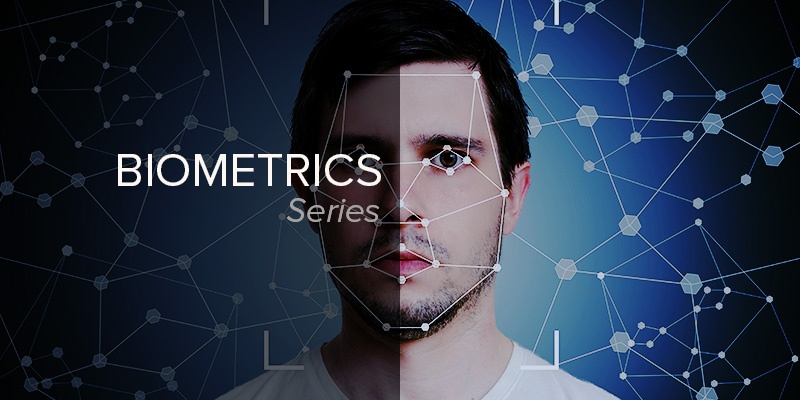
Facial recognition technology (“FRT”), as with all biometric solutions, measures and matches the unique characteristics for the purposes of identification or authentication. It analyzes unique physical features and compares them to an existing database in the least intrusive and fastest form of biometric verification. Researchers began working on facial recognition in the early to mid-1960s when computer technology began growing exponentially. However, due to the rapid advancement of artificial intelligence in recent years it mutes any comparisons to decades-old solutions.
Today, facial recognition technology is everywhere, most noticeably on the social media platform Facebook. Their algorithm detects with 98% accuracy the correct face match in photos you post with those in a database of named people. Facebook technology analyzes the pixels in photos and videos, such as your profile picture and photos and videos that you’ve been tagged in, to calculate a unique number, called a template. Then they compare other photos and videos on Facebook to this template to find a match.
There are several types of technology used for facial recognition, including:
- Traditional – Traditional facial recognition looks at a photo of a person’s face and analyzes the size, shape and proportion of its features and then matches them to an existing data base for identification and authorization.
- 3-D – This facial recognition technology uses 3-D sensors or multiple cameras to capture a photo of the face that includes shape and contour. It helps overcome lighting variances and different facial expressions.
- Surface Texture Analysis – A picture is taken of a patch of skin, called a skin print. That patch is then broken up into smaller blocks. Using algorithms to turn the patch into a mathematical, measurable space, the system will then distinguish any lines, pores and the actual skin texture. It can identify differences between identical twins.
- Thermal – The U.S. Army Research Laboratory has developed and tested FRT using thermal cameras and images. The technology provides a way to visually compare regular camera images and thermal facial imagery to find matches in a database. Thermal cameras take low-resolution images using thermal body heat in low visibility conditions. Using thermal-to-visible face synthesis, through a neural network algorithm, a synthesized visible image is generated.
Some facial recognition systems use a combination of these technologies. For example combining 3-D with skin texture technologies has been shown to substantially increase accuracy and identification rates.
Moreover, facial recognition technology and 3D face-mapping can be found in the newest Apple, Samsung and Google devices. The use of face recognition has a plethora of capabilities giving every industry, especially the physical security industry, many beneficial uses. Access control and biometrics have seen a large increase in usage in the public and private sectors since 9/11 and recent shooting events in the U.S. Here are some benefits to using FRT:
- Doesn’t require active participation – Facial recognition is a passive form of biometrics. Cameras take photos and videos of people as they move through an area with no other required action. This is useful for large public areas such as shopping centers, concerts, etc. to quickly analyze faces in the crowd and find a face that’s a positive match with an entry in a criminal database.
- Existing Databases – Passport and drivers’ license databases already exist and can be used for identification. In addition, there are public and private databases available for use.
- Easy Setup – Most existing cameras can be combined with sensors and analytics for facial recognition.
There are some downsides to this technology:
- Privacy rights – There have been major debates about privacy rights as facial recognition doesn’t require a person’s cooperation. The ACLU in the U.S. and other privacy rights groups in Europe are raising concerns about the mass surveillance of people in public places. Individual states are also looking at regulating the use of the technology.
- Easy to Spoof – Some facial recognition system have had problems with lighting, camera angles and facial expressions. Interestingly, smiling seems to throw off some systems and glasses, facial hair and makeup can also cause accuracy problems.
- High False Rejection Rate (FRR) and False Acceptance Rate (FAR) – Facial recognition has the lowest accuracy rate of the big three biometrics – fingerprint and iris and facial recognition. Recently, Amazon’s facial recognition, called “Rekognition”, falsely matched 28 members of Congress to a database of criminal mugshots.
Initial biometrics systems were standalone and didn’t integrate with existing access control systems. Now the two are a combined force because the core technologies have evolved and the cost of equipments is going down dramatically due to the integration and the increasing processing power. Certain applications of facial recognition technology are now cost effective, reliable and highly accurate. Schools, companies and organizations are installing surveillance with FRT to become proactive against crimes and threats.
